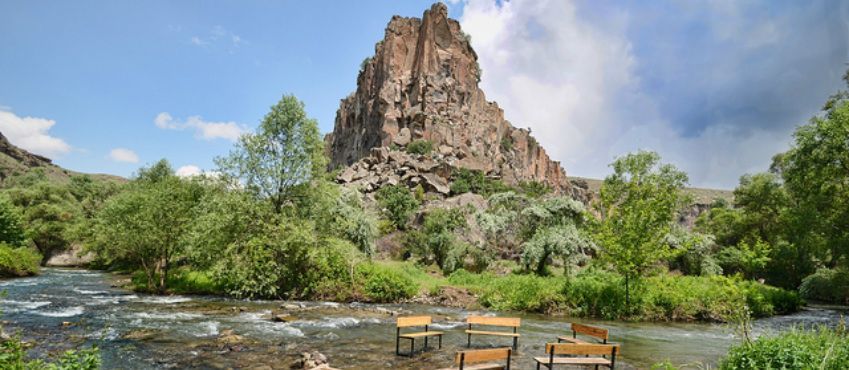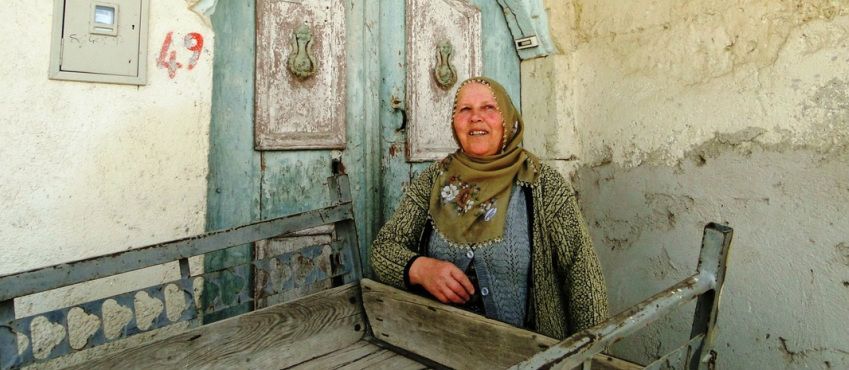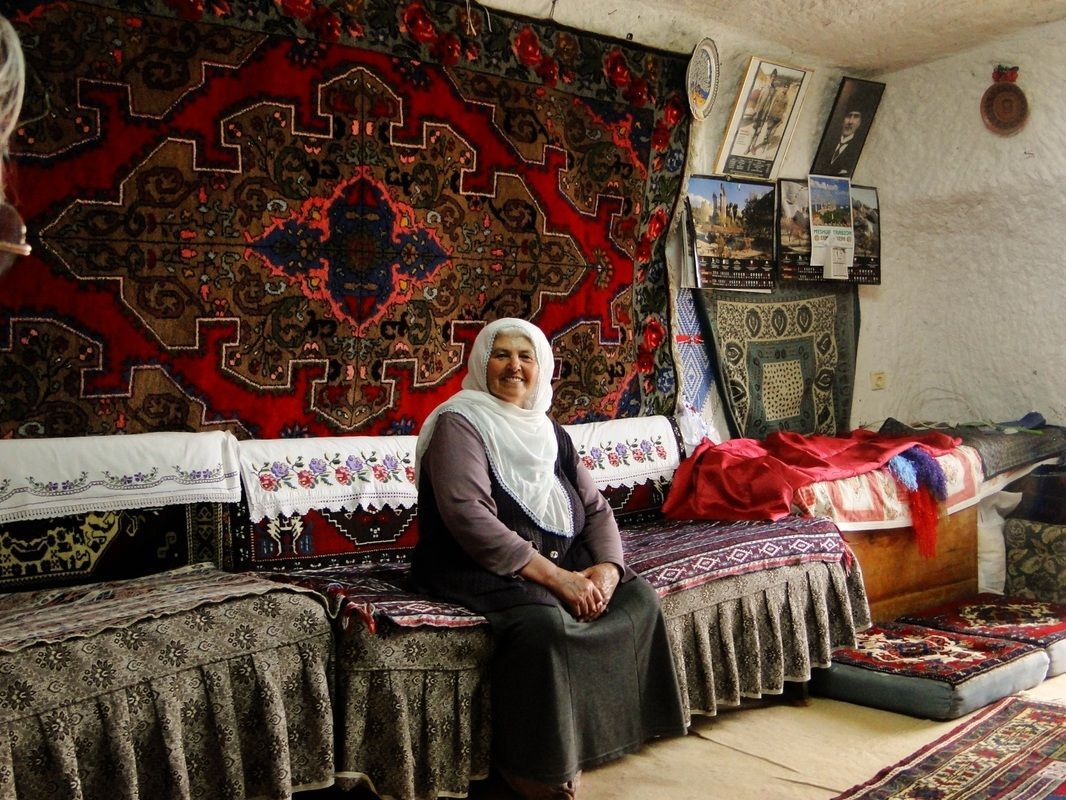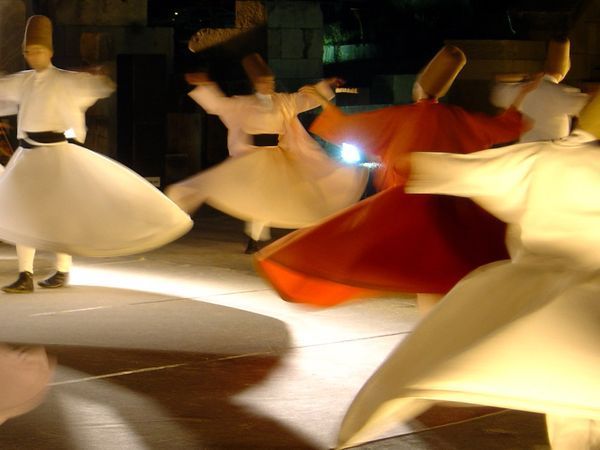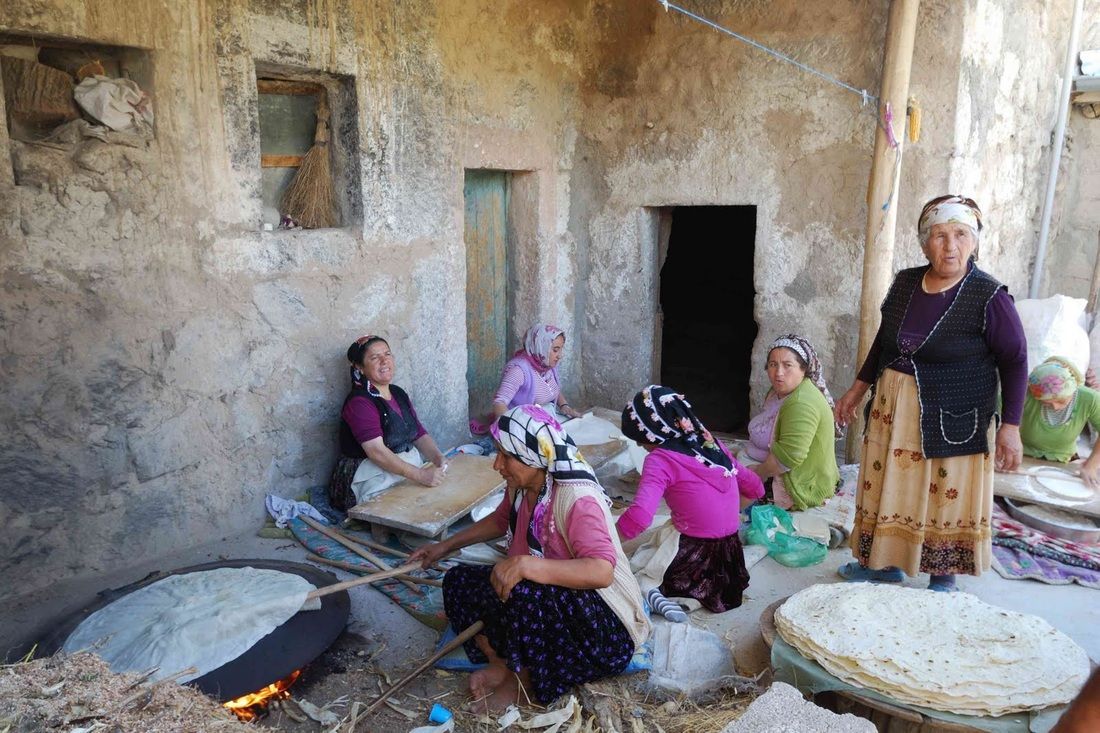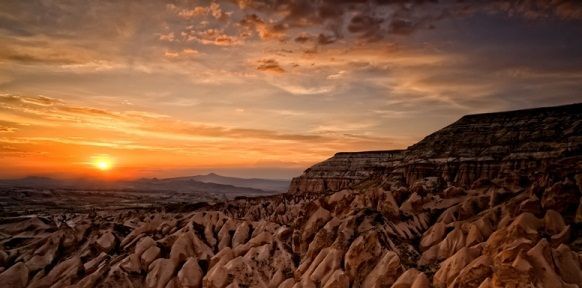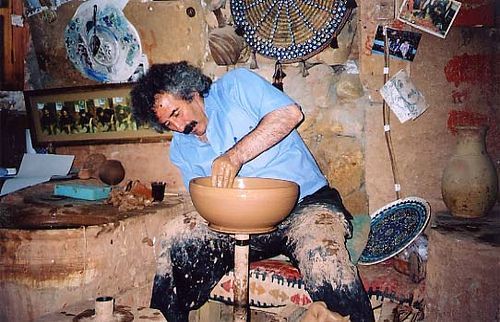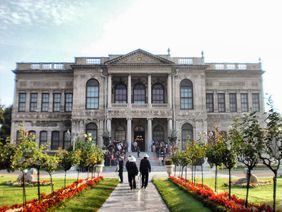Cappadocia
CAPPADOCIA
Cappadocia is a land where nature and man have competed with each other to create the most unusual and the most beautiful. We will explore 10th and 11th century churches, monasteries, and houses carved in the rocks,
We will visit a family living in one of these rock dwellings. The moon-like terrain of Cappadocia with its endless artwork is a photographer's delight.
DERVENT VALLEY
Devrent Valley is where you will find the famous fairy chimneys., which looks like a sculpture zoo made by nature. Some of the most important, or the easiest seen animal shapes are camel, snake, seals, and dolphin. If you let your imagination run free, you will find many others. It is like looking at clouds and seeing a dragon. There is even a rock pillar, which looks like Virgin Mary, holding Jesus Christ. In photogenic Dervent valley you will have 20 minutes to walk through the incredible rock formations and take pictures
We generally visit this site before we drive to GOREME where we will have local food at a restaurant with a stunning view.
P A S A B A G
Pasabag in Cappadocia is located on the road to Zelve, coming from Goreme or Avanos. Highly remarkable earth pillars can be seen here, in the middle of a vineyard, hence the name of the place, which means: the Pasha’s vineyard. This site is also called Monks Valley. Some of the huge, monumental cones split into smaller cones in their upper sections, in which stylites and hermits once hid. The hermitage of Simeon monks was also here. A chapel dedicated to St. Simeon, and a hermit’s shelter is built into each one of the fairy chimneys with three heads. The entrance of the cell is decorated with crosses. The hermits of Cappadocia distanced themselves from the world by cutting into fairy chimneys rather than living on top of columns. They hollowed out the chimneys from bottom to top creating rooms at 10-15m high.
ZELVE UNESCO WORLD HERITAGE SITE
The village of Zelve was built in three valleys. All the homes and the social buildings such as flour mills, churches, mosques are all carved in rocks. The archaeologists claim that the city is 2000 years old and had lived through the early Christian era when St Paul first converted the Christians.
The interior decoration of the churches reveal the era when icons were banned in the church.
The art that developed around building and decorating of houses for pigeons is an important part of Cappadocian culture. We will see how diverse the designs can be for the pigeon houses. Zelve was added to the UNESCO World Heritage Site’s list soon after the region was accepted as an open air museum.
GOREME
The Göreme Valley holds the region's best collection of churches carved in the rocks and decorated with excellent frescoes. (1000-1200 AD) Each church-cell was meant to be a classroom where the monks educated the locals about the Bible and the church history. In Cappadocia, the well to do Christians had hired artists from all over the Christian world. With different backgrounds, the artists had interpreted the images and the stories of the bible differently. The walk through these churches will be like experiencing the cultural differences of the Christians of the 10- 12th Century around the known world then.
Cappadocia in general has been inhabited since the Hittites for four thousand years, but Göreme is known for its only thousand-year-old churches scattered in the monastery valley.
HOT AIR BALLOON RIDE
The terrain of Cappadocia is wonderful no matter from what angle you might be looking at it. However, at sun rise as the sun starts to wash the curves and holes and red, green, yellow, white, brown, beige, pink and many more colored rock formations, you feel like you could be Alice and now you are in your “wonderland”
MELITOUR does not include the Balloon ride in the quotation, since the ride depends on weather conditions. But we do make sure you have the reservation. The demand is so much that finding a ride with out a prior reservation is almost impossible. Clients can pay with credit card directly to the Balloon Company the day of the ride.

AVANOS
The Roman name of the city is Venessa, which meant ‘” by the water” as in Venice. The Red River, which divides the village to east and west, carries the red clay and dumps it in the banks of the river , The Red River gets its name from the piles and piles of rich clay. 6000 years ago the Cappadocians had discovered that the clay was perfect for their pottery and since then, almost with no change in forms and proportions, the crafts men and crafts women of Avanos have been making pottery. We will get a chance to watch potters at work. Avanos is also one of three centers of tile production in Turkey.
The hand painted tiles allow the flowers of Cappadocia to sprout on these exquisite tiles
GUZELYURT
The name of this city means ”the beautiful homeland”. It sure is a beautiful place built around a lake in the shadow of a 15000-foot volcano. St Nazianos, a 4th century church father was from this village and he was one of the Christians who had contributed to dogmatisation of Christianity. The oldest Monastery (385 BC) of Anatolia is in this village. The most wonderful monument of this town is the Church-Mosque which is being used as a church and a mosque.
KAYMAKLI UNDERGROUND CITY
Kaymakli is one of 39 underground cities excavated in Cappadocia. The 3 of 9 layers of the city which could accommodate 1500 people were carved 4000 years ago by the Hittites. The rest were carved and renovated by the Byzantines who were exposed to the Roman Persecution of the Christians. We will see their Churches, Wineries, homes, kitchens and airshafts.
WHIRLING DERVICH DEMONSTRATION
Celalettin Rum’i of the 13th century expressed his ideas and ideals of humanism, ecumenism and universalism in his verse. The whirling ritual of the dervishes is the physical demonstration of joy, optimism and power that the philosophy of Celalettin Rum’i preaches.
The rituals of the Whirling Dervishes are among the enduring as well as the most exquisite ceremonies of spirituality. The ritual whirling of the dervishes is an act of love and a drama of faith. It possesses a highly structured form within which the gentle turns become increasingly dynamic as the individual dervishes strive to achieve a state of trans. The music that accompanies the whirling from beginning to end ranges from somber to rhapsodical; its effect is intended to be mesmerizing. Chanting of poetry, rhythmic rotation, and incessant music create a synthesis which, according to the faithful, induces a feeling of soaring, of ecstasy, of mystical flight.
SHOPPING IN CAPPADOCIA
Carpets, whether knotted or flat woven (kilim) are among the best known art forms produced by the Turks from time immemorial. There are environmental, sociological, economic, and religious reasons for the widespread art of carpet weaving among the Turkish people from Central Asia to Turkey. Cappadocia is one of the most important carpet production centers of Turkey. The history and the modern day issues of Carpets weaving will be taught to us in a dramatic wonderful presentation.
If the wonderful designs, and the warmth of colors tempt the people who might not even had thought of living with a carpet for the rest of their lives, they can purchase the best of these art works of the best quality in Cappadocia. In case you think you might be tempted, bring your color samples and measurements.

Hot air balloon ride

